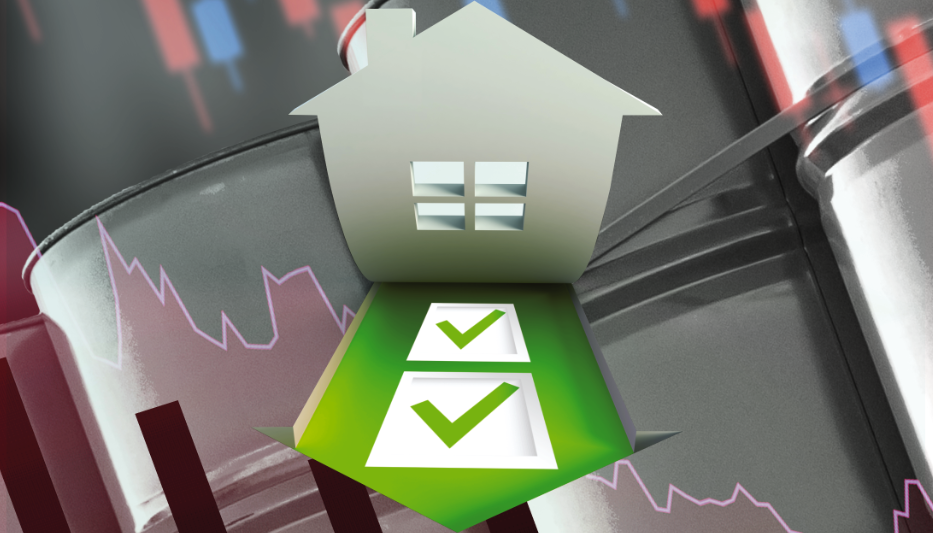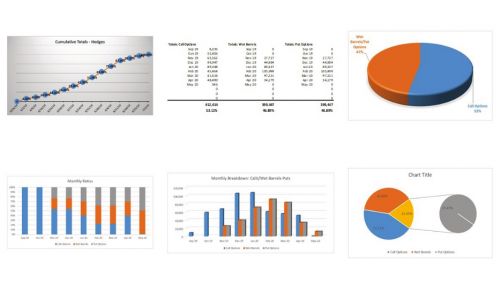All
The Heating Oil Dealer’s Pricing Program Checklist
by Richard Larkin, Hedge Solutions

How to properly hedge your customer offers this heating season
Since it’s August and most of you have launched your winter pricing programs, I thought it would be a good time to cover a short checklist while sprinkling some thoughts around the latest pricing dynamics on heating oil. I’ve highlighted each bullet and added commentary for easy browsing.
Review the programs: If you followed my 30-year-old D.E.D. rule (develop, execute, discipline), you should be close to completion on the execution of your game plan, and if you exercised discipline to that plan, you’re sitting pretty well right now. Now is a good time to review the stats, however. How many gallons are on the plans? Are you covered at between 80 and 100 percent? As you wind down your program, it’s a good exercise to review your ratios of wet barrels and put options to call options. How well have you balanced those out?
Pace of sales: While we often do a pretty good job of forecasting how many gallons we’re selling on the programs, few track this important metric. How much volume per day or per week is coming into the program? This is an important stat that reveals to you the historical pace of sales once the offer is launched. Discerning this information will tell you both how receptive your customers are year-to-year, as well as how much volume is still out there. Now is a good time to review it and incorporate it to future years.
Basis differentials: In the May issue, I wrote about the importance of understanding the basis relationship and applying that to the mix here (Editor’s note: see “Locating Lost Opportunity”). Most of you are still purchasing oil at an 8-to-14-cent discount to the CME spot contract. We covered this in the June issue (see “Recovery Spells Economic Opportunity for Heating Oil”). The extreme price increases in D4 RINs have caused a significant inverse in the basis relationships. Locking in these differentials for winter months is something you might consider.
Accounting: Do you know what your margin is on the programs? Believe it or not, most dealers do not have a solid handle on this number. They have an idea or at least they think so. Most do not have a worksheet that stresses the sales/hedge equation over every conceivable move in prices. This forward profit and loss view allows you to see the impact to your profit margin based on the price movement and a change in the basis relationship. We use a program called Hedge Insite. It’s difficult, but not impossible, to do this in a spreadsheet environment, particularly if you are trying to stress your exposure to a cap pricing program. There are a lot of moving parts that have to be tested: price, basis, rack to retail margin, etc.
Post delivery actuals reporting: This is super critical to your success both current and in the future! And, my goodness, why wouldn’t you want to see this information? Most back-office software will allow you to query the gallons delivered to each specific pricing group. You should be reviewing this data at the end of each delivery month. It will tell you firsthand how well you did forecasting the delivery curve for your program gallons. Most importantly, it will tell you how well you did hedging those gallons! A simple worksheet that incorporates COGS, wet barrels, and options returns against sale revenue for each category will give you the profit and loss number for each program.
Summary: Finally, if you haven’t launched your offer yet, it’s never too late. The consumer is nervous about oil prices. They’ve been watching gasoline prices go higher and higher since November 3. They’ve been watching food prices and practically every other spending category in their budgets go up over the past eight months. Our clients are reporting robust sign ups for pricing programs. If you are out there selling, you must hedge! I could take up a whole issue in this magazine giving solid arguments for oil prices going up or down this coming heating season. Don’t fall for those forecasts! They’re wrong most of the time. New Covid variants, OPEC+, hurricanes, EVs, and on and on… We sell a global commodity. There are too many variables that will cause the price to move up or down significantly over the next several months. The one reliable constant is volatility. So make sure you hedge your exposure to both rising and falling prices.
And please be sure to stop by and visit us at Booth 209 at the NEFI Heat Show in September!
Rich Larkin is President of risk management consultancy Hedge Solutions. He can be reached at 800-709-2949 or rlarkin@hedgesolutions.com.
The information provided in this market update is general market commentary provided solely for educational and informational purposes. The information was obtained from sources believed to be reliable, but we do not guarantee its accuracy. No statement within the update should be construed as a recommendation, solicitation or offer to buy or sell any futures or options on futures or to otherwise provide investment advice. Any use of the information provided in this update is at your own risk.
Related Posts
 It’s Price Protection Season!
It’s Price Protection Season!
Posted on May 31, 2024
 Shallow Stock Levels Continue, Despite Early Cushion
Shallow Stock Levels Continue, Despite Early Cushion
Posted on May 20, 2024
 2024 Hedging Survey
2024 Hedging Survey
Posted on April 19, 2024
 A Smart Hedging Strategy Can Withstand Market Forces
A Smart Hedging Strategy Can Withstand Market Forces
Posted on April 17, 2024
Enter your email to receive important news and article updates.
